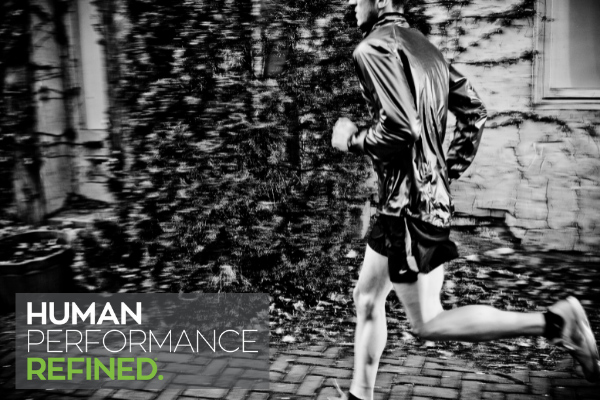
The following blog post is sponsored by Structural Elements®.
Rest days have mechanical, metabolic, and mental benefits. Depending on training intensity and overall volume, taking a rest day (or days) is essential to both injury prevention and athletic performance. Fitness gains are the product of work + recovery. If the training volume exceeds the body’s ability to recover between efforts, athletes can suffer from metabolic debt. If soft tissue doesn’t have the resources it needs to repair, it can result in tendon injuries, muscle strains, and even stress fractures.
What to do on Rest Days
Rest days can look a few different ways. There are active rest days and passive rest days. An active rest day workout should be used to accomplish one of two things: cross training or metabolic flushing. Cross training offers the opportunity to vary the mechanical stress of running, but still creates the metabolic load to improve fitness. It is also helpful to work other muscle groups that can get neglected in your rest day workouts if running is your only activity. Metabolic flushing is like doing the dishes. It’s hard for tissue to repair itself without adequate blood flow. Metabolic flushing is getting the heart rate up, but not keeping it there. These should be short efforts that don’t cause additional metabolic debt, but instead kick-start the body’s systems to aid in repair.
True rest days should not involve any metabolic loading or high heart rate activity. Remember, the heart is also a muscle, and it needs time to recover as well. On true rest days, doing low heart rate, low intensity activities is still fine. In fact, sitting or lying on the couch all day can lead to muscle tightening and restricted blood flow, which will delay recovery. Using a foam roller, percussion massage gun, or pneumatic compression boots are all great ways to improve blood flow without changing the heart rate. Practices like yoga, meditation, and stretching should be gentle and restorative in order to see rest day benefits. Use these to help the mind recover as well as the body. Blood flow restriction is another tool that can be beneficial. This first deprives tissue of blood flow to create oxygen debt, then when released, oxygen floods the area with fresh blood supply. This can be repeated on several body parts to improve recovery time, again without additional stress on the heart.
Getting massage, acupuncture, chiropractic, or physical therapy can also be a good use of a rest day, but might be even more effective if done after a run on a training day and then use the day after your treatment to recover from the treatment.
Rest days should not be used to lose focus on eating healthy! Overindulgence is better to aid recovery following a big effort on a high-volume day. On rest days you want to give all your systems a break. On rest days you want to drink additional fluids and eat small frequent healthy meals. This will help make sure you can capitalize on rest day benefits and have good availability of nutrients to properly repair tissue and recover metabolically.

Douglas Bertram, L.Ac, MTCM, and previous LMT
Founder of Structural Elements®
Proud Sponsor of the ABMP CE Summit
Want to win a 3-month membership to (se)®â€¯Connect, Structural Elements’ multidisciplinary education and business-building platform? Structural Elements is a proud sponsor of the ABMP CE Summit event. This online education conference focuses on essential tools for the upper body on day one and the lower body on day two. Don’t miss this opportunity to interact with the course instructors live online, learn tools to help your practice, and connect with your massage and bodywork community! This event—including 6 hours of CE—is free for ABMP members and just $99 for nonmembers!
Register for the Giveaway
Register for the ABMP CE Summit event and then register for the Structural Elements giveaway. Your event registration gives you access to all of the presentations and course replays after the event.